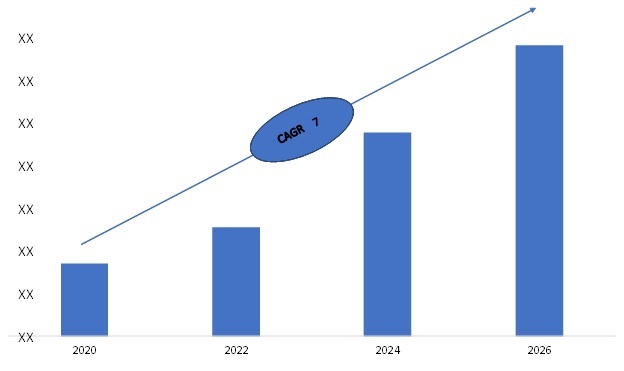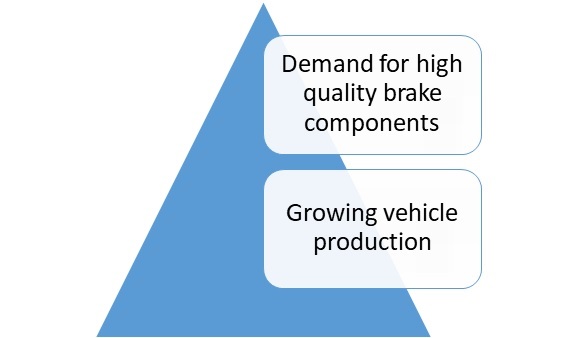Pune, India, August 2022, MRFR Press Release/- Market Research Future has published a Half-Cooked Research Report on the Global Automotive Brake Shoe Market.
Automotive Brake Shoe Market Statistics
Global Automotive Brake Shoe Market is anticipated to register a 3.94% CAGR between 2024 and 2032 and reach an approximate value of USD 18.5 Billion in 2032. A brake plays an important role in bringing a vehicle to stop or halt position. Drum brakes are the most commonly used brakes in a vehicle, of which brake shoes are an integral part. The brake shoe, a high-friction material curved piece of metal, is attached to the backing plate inside the brake drum. It is attached using a series of springs and levers.
Browse In-depth Detailed Research Report [Table of Content, List of Figures, List of Tables] of Automotive Brake Shoe Market Trends
Global Automotive Brake Shoe Market, 2022–2030 
In 2019, Asia-Pacific Contributed Significantly to the Automotive Brake Shoe Market in Terms of Share: MRFR
Based on region, the automotive brake shoe market is segmented into North America, Europe, Asia-Pacific, and the rest of the world. Asia-Pacific accounts for a major share of the automotive brake shoe market, owing to being a hub for vehicle production and high aftermarket sales of brake shoes in the region, especially in China and India. The automotive brake shoe market is segmented based on type, vehicle type, sales channel, and region. Based on the type, the global automotive brake shoe market has been segmented into leading/trailing, twin leading, and duo-servo type. The leading/trailing brake shoe type is mainly used in passenger car applications. In contrast, the other two types of automotive brake shoes are used in heavy trucks and other commercial vehicles wherein a strong braking force is required. Based on vehicle type, the global automotive brake shoe market has been segmented into passenger cars, light commercial vehicles, and heavy commercial vehicles. Based on sales channel, the global market for automotive brake shoes has been bifurcated into OEM and aftermarket. The OEM segment held a significant share of the global market in 2019.
Global Automotive Brake Shoe Market is anticipated to register a 3.94% CAGR between 2024 and 2032 and reach an approximate value of USD 18.5 Billion by 2032.
Drivers
Scope of the Report
This report provides an in-depth analysis of the global automotive brake shoe market, tracking three market segments across four geographic regions. The report studies key players, providing a six-year annual trend analysis that highlights the market size and shares for North America, Europe, Asia-Pacific, and the rest of the world. The report also presents a forecast, focusing on the market opportunities for the next six years for each region. The scope of the study segments the Global Automotive Brake Shoe Market By Type, Vehicle, Sales Channel, and Region.
-
Type- Leading/Trailing
- Twin Leading
- Duo-Servo Type
-
Vehicle Type- Passenger Cars
- Light Commercial Vehicles
- Heavy Commercial Vehicles
-
Sales Channel- OEM
- Aftermarket
-
By Region- North America
- Asia-Pacific
- Europe
- Rest of the World
Key Players
Key players in the global market for automotive brake shoes are Bosch Auto Parts (Germany), BNA Automotive India Pvt Ltd (India), Woking (Spain), ACDelco (US), Meritor, Inc. (US), Tribo (Ukraine), Brake Parts Inc. LLC. (US), MAT HOLDINGS INC. (US), ASK Automotive Pvt. Ltd. (India), Kampol company (Poland), S.L. (Spain), SBS Friction A/S (Denmark), and TRW Automotive (US), among others.